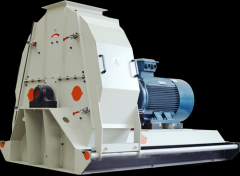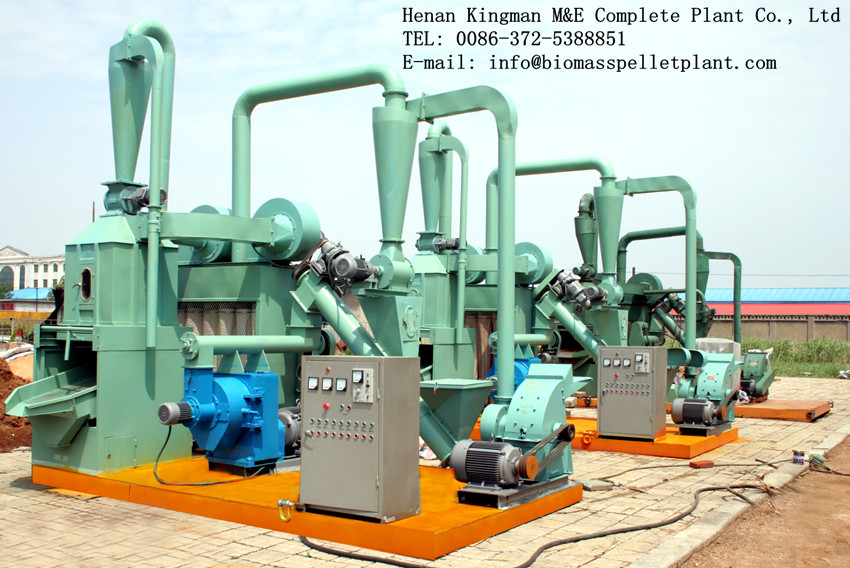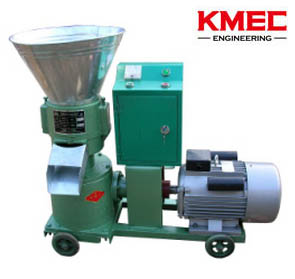Pellet fuel market and development in South Korea
1. Biomass Raw Material
Across the Republic of Korea, biomass material actually refers mainly to residues from wood processing industry. The (presumably) only large-scale wood pellet plant is situated at the National Forestry Cooperatives Federation Wood Products Distribution Centre. The raw material used is saw dust supplied by the adjacent woodworking operation. All products are packaged in 20 kg bags, with an annual production of 18,000 tons, all of which is sold in South Korea (Murray, 2011).
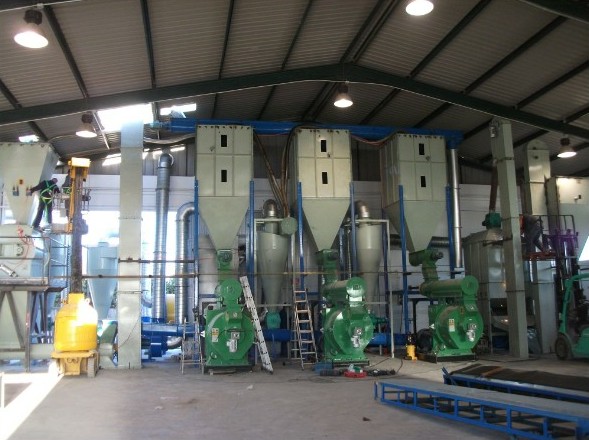
2. Production and Consumption
There were about 22/23 wood pellet plants in Korea in 2011, compared to only 11 pellet fuel production lines in 2009 (Murray, 2011, Lee, 2011, Han 2009). However, all of them are on smaller scale, mostly attached to woodworking operations. The South Korean biomass pellet market began in 2007 when 150 domestic boilers were installed throughout the country. In Korea, domestic heating is accomplished by means of boilers heating hot water which is then circulated through in-floor pipes to create radiant heat. North American-style forced air heating is uncommon. In 2008, the Korea Forest Service began subsidizing the purchase of domestic pellet boilers by 60% to 70%. About 600 boilers were installed in 2008, 3,000 in 2009, and 4,000 in 2010 respectively. About 6,000 boilers were then installed in 2011. In 2010 commercial greenhouse operators began using pellet boilers for heat. Pellets are not yet used for power generation or for any other industrial purpose. According to Murray (2011), domestic pellet consumption in 2010 was estimated at 27,000 tons, of which 15,000 tons were produced in Korea. Imports amounted to 12,000 tons according to Murray (2011).
READ: HOW TO START A PELLET PROCESSING LINE
3. Pellet fuel imports
Wood pellet imports to Korea have almost tripled over the past six years, from a little over 7000 tons in 2008 to more than 40,000 tons in 2013, mainly from China, Vietnam and Malaysia (Lee, 2011) and Australia. However, it is unclear how much of this has been used for energy purposes, and how much for other purposes (such as animal bedding).
READ: BIOMASS PELLET MARKET OF THE UK
4. Policy and regulatory context
South Korea is the world’s 10th largest energy consumer, 5th largest oil importer and 2nd largest coal importer and 64% of electricity of produced from fossil fuels. South Korean coal consumption–currently 122 million tons per year – is accelerating. South Korea is committed to a 30% reduction in CO2 emissions from projected levels by 2020. The government has directed 374 of South Korea’s largest companies reduce CO2 emissions by 2020. Each company submitted a plan to government by mid-2011 and began implementation in 2012. In addition, renewable portfolio standards for power generators were implemented in 2012. Power companies produced a minimum of 2% renewable energy in 2012, increasing by ½% per year until they can produce a minimum of 10% by 2020.
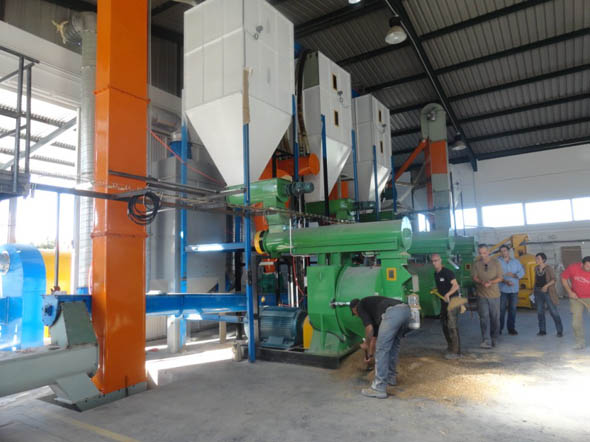
5. Prices
Wood pellet prices for imported pellets may vary from 90-185 Euros /ton. According to Lee (2011), the quality and heating value of imported wood pellets may vary substantially. Wood pellets from Vietnam are reported to have a heating value of 15,1 – 17,2 GJ/ton, compared to 16,9 GJ/ton for Canadian wood pellets. Higher priced, cosmetically better looking Canadian pellets have been primarily used for animal bedding so far (Lee, 2011). Interestingly, wood pellet prices reported for Canadian pellets for 2010 were substantially higher (€/ton) than prices for Canadian pellets exported to Japan (169 €/ton). And now the Pellet Fuel price can hit USD240 per ton.
READ: CANADIAN PELLET FUEL DEVELOPMENT
6. Future Projections
The biomass pellet market was expected to grow rapidly starting in 2012 due to the government’s newly introduced renewable portfolio standards requiring power companies to increase the proportion of renewable electricity production. It is expected that at least 60% of renewable energy will be from pellets. South Korea presently uses about 75 million tons of coal per year. Some 2% of this was converted to pellets by 2012 at a ratio of 1.5 tons of pellets per ton of coal replaced, and this would mean a market of 2.25 million tons of pellets. By 2020, after accounting for growth in energy consumption and ever increasing renewable energy requirements, the demand for pellets could exceed 15 million tons per year from the power sector alone. According to the Korean Forest Service (KFS), the theoretical domestic maximum production potential in Korea could amount to about 1 million tons. The KFS expected a total demand of (only) 5 million tons in 2020, which would still require imports of up to 4 million tons (Lee, 2011). The KFS plans to secure wood pellet supply from Indonesia, New Zealand, and Myanmar by inducing them to install pellet operations. Indonesia is making available 200,000 ha of land for plantation to produce wood pellets for export to Korea, based on the Korea-Indonesia summit meeting (March, 2009).
----------------------------------------------------------------------------------------------------------------------------------
News
- Small Pellet Machine Manufacturer-Kingman
- Application of Wood Pellets and Use of Biomass Pellets
- From Fossil Fuel into Biomass Pellet Fuel
- Biomass Pellet Making Machines Market
- Applying of pellet stoves for home use
- Highland pellets to build $130 million facility in arkansas
- How to deal with the blocked hammer mill
- How to Make Wood Pellets with Sawdust
- The government policy promotes the development of biomass fuel
- Market analysis of biomass pellet fuel
- Strategic positioning of renewable energy
- Biomass energy has pass through the pre assessment
- The key point of deep processing of biomass pellet
- Harbin is promoting the development of biomass machinery
- The development of biomass formation technology I
- The development of biomass formation technology II
- Biomass energy industry is now going full tilt in 2015
- Rapid increasing demand of sawdust pellet on the market
- Pellet fuel market in EU
- Chinese Biomass Energy Conference held in Beijing
- Future market development of straw pellet mill
- Peanut Shell Pellet Mill Makes High Quality Pellets
- The utilization of straw is only 5%, biomass energy needs our attention!
- Corn straw pellet machine relieves the tight supply of fuel energy
- Reasons for loose or not forming of biomass pellet mill


